In modern oral care product design, gingival recession and cervical hypersensitivity are increasingly reported issues. While cervical hypersensitivity typically presents as sharp pain along the gum line, it may also be an early sign of progressive gingival recession. This raises a critical question for oral device manufacturers: is the damage reversible, or are design flaws compounding these conditions?
Gingival recession refers to the gradual withdrawal of gum tissue from the tooth surface, exposing the roots and increasing the risk of infection. Key contributing factors include:
Once gingival tissue recedes, full restoration is often difficult without surgical intervention.
Cervical hypersensitivity arises when dentin near the gum line becomes exposed. Consumers report sudden sharp pain triggered by:
Inadequate pressure sensing and overpowered motors can unintentionally aggravate this sensitivity during daily brushing routines. Company web:https://www.powsmart.com/product/electric-toothbrush/
Yes. Cervical hypersensitivity can act as an early warning for impending gingival recession. When hypersensitivity pain causes consumers to alter brushing behavior or skip certain areas, plaque accumulates, worsening gum health. Alternatively, users ignoring pain signals may over-brush sensitive zones, accelerating gum tissue loss.
Hence, the two issues are closely interconnected in product failure diagnostics.
Several design factors contribute to these conditions:
Manufacturers must address these risks at both the hardware and software levels to prevent irreversible damage.
To minimize the risk of gingival recession and cervical hypersensitivity, leading brands should:
Such solutions not only enhance safety but also improve consumer trust in product reliability.
While early-stage cervical hypersensitivity is manageable, advanced gingival recession is often irreversible without surgical intervention. For manufacturers, the goal must be preventive design. Devices that adapt to sensitive zones, minimize mechanical stress, and guide users effectively are key to avoiding irreversible oral tissue damage.
Looking to develop safer, gum-friendly oral care devices? Contact us for OEM/ODM solutions that integrate protective design for healthier smiles.Contact us
.jpg)
.jpg)
Is Button Malfunction Causing Uneven Bristles Disaster?
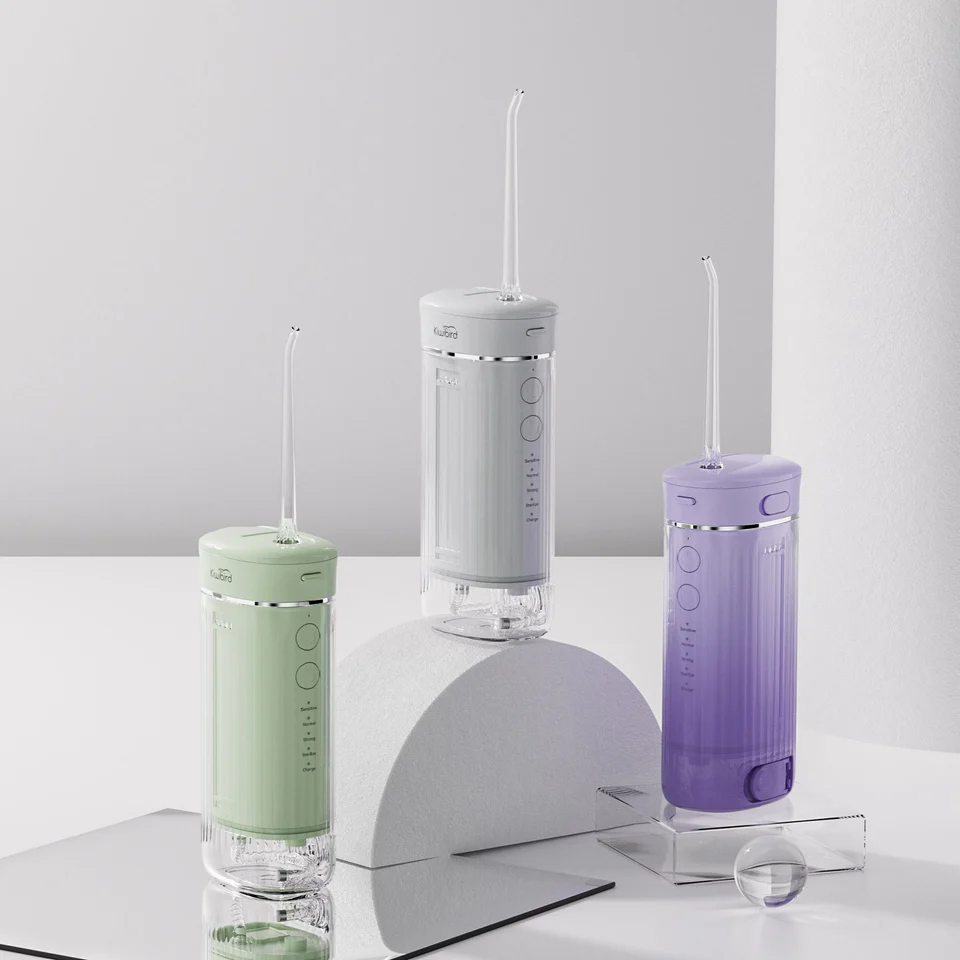
How Brands Can Expand Oral Care Line with Competitive Water Flossers
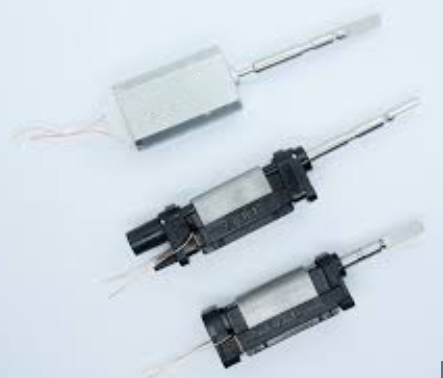
The Core Technology of Electric Toothbrush Production: Waterproof Technology and Motor Performance Analysis
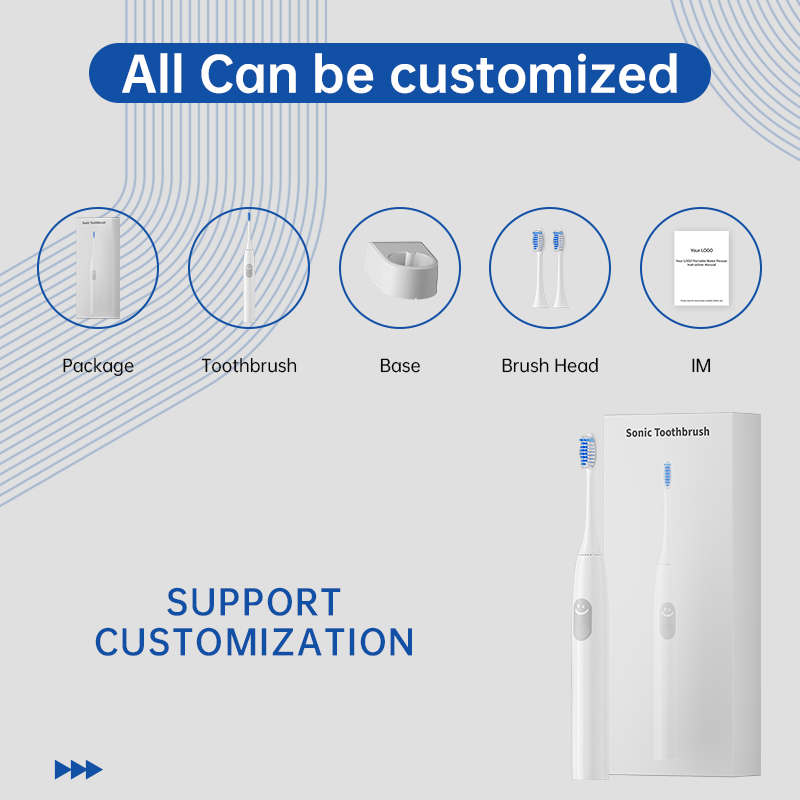
White Label Oral Care Products – Advantages for Retailers
.jpg)
Why Partner with a Toothbrush ODM Company for Toothbrush Innovation?

Critical Success Factors for Oral Care Brands
Runtime Shortening with Battery Memory – Related?
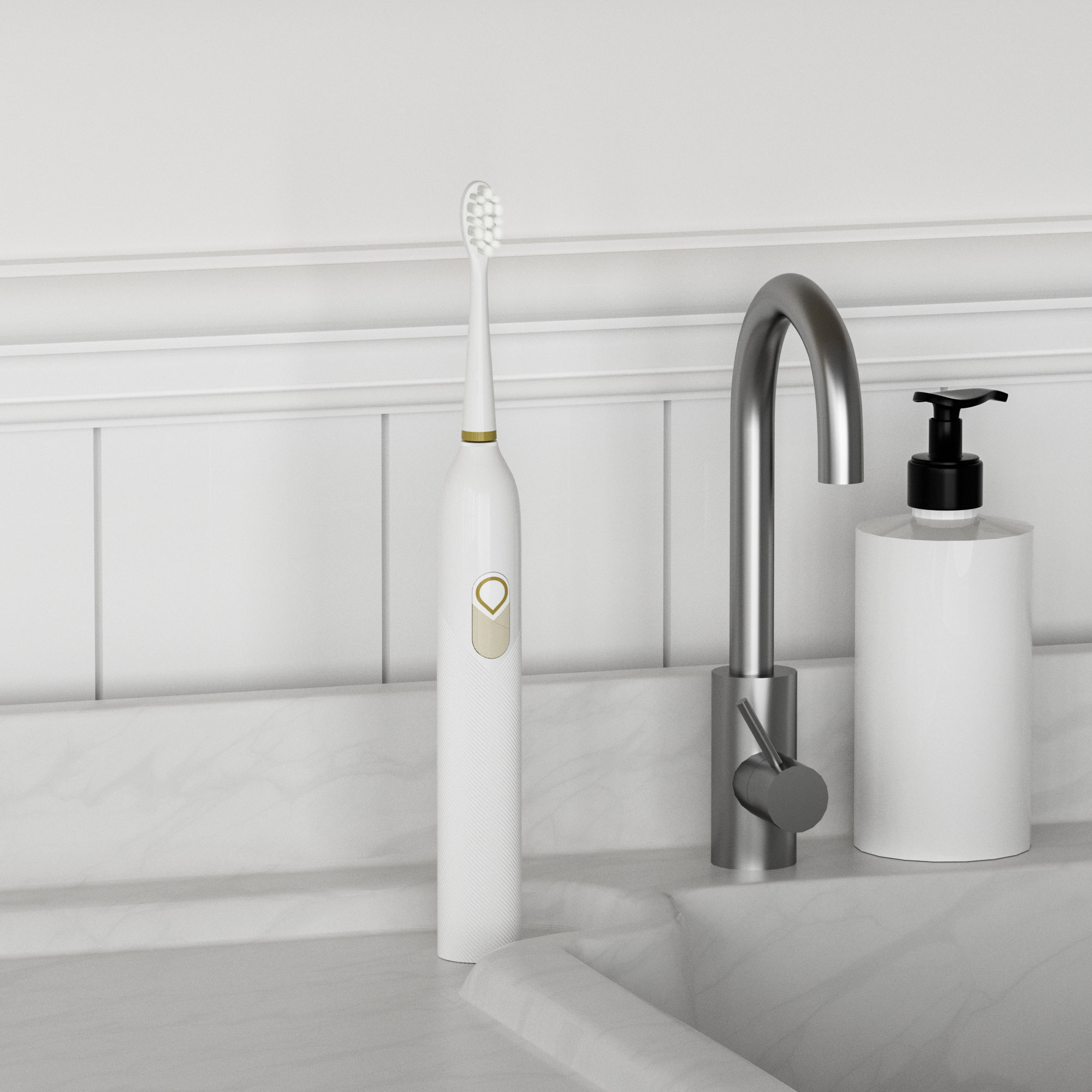
The proper way to use an electric toothbrush
Electric Toothbrush with Extra Battery Life for RV Travelers
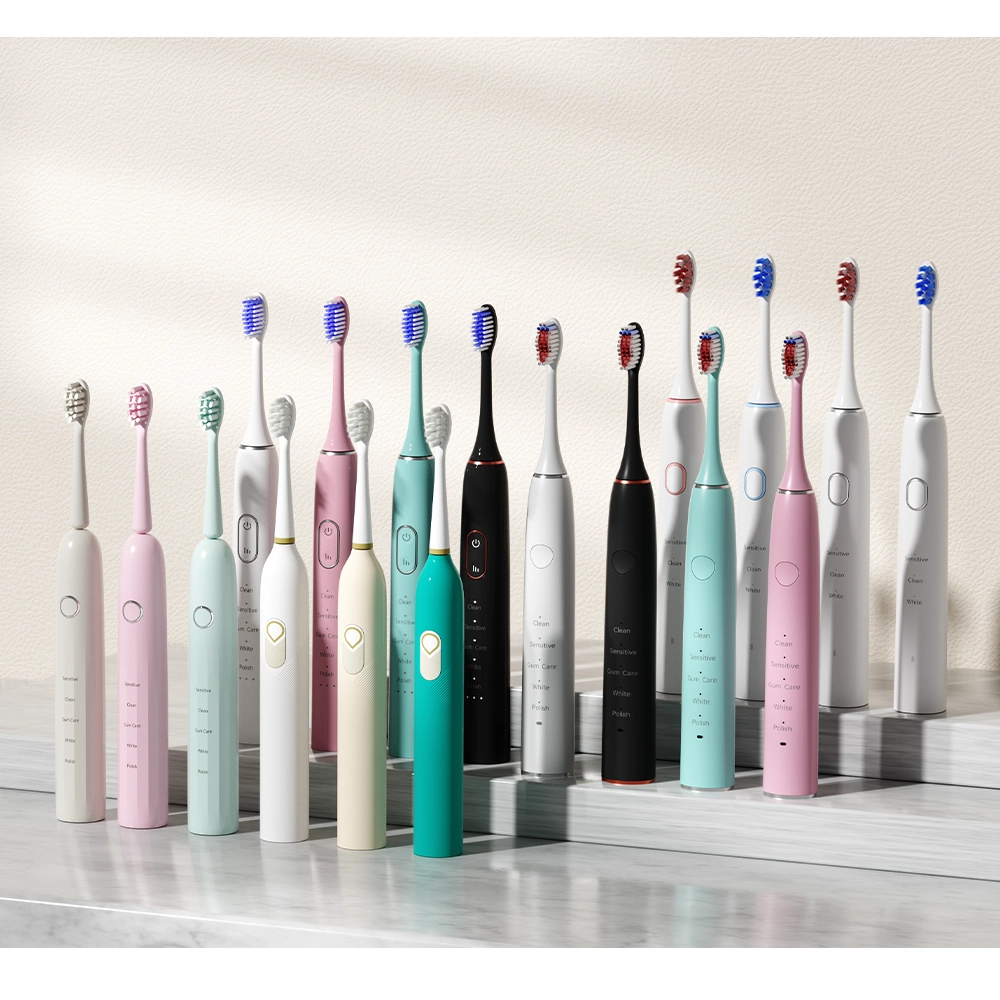
How a Gentle senior brush protects Sensitive elderly gums

What are the processes involved in making electric toothbrushes?
ergonomic electric toothbrush handle OEM
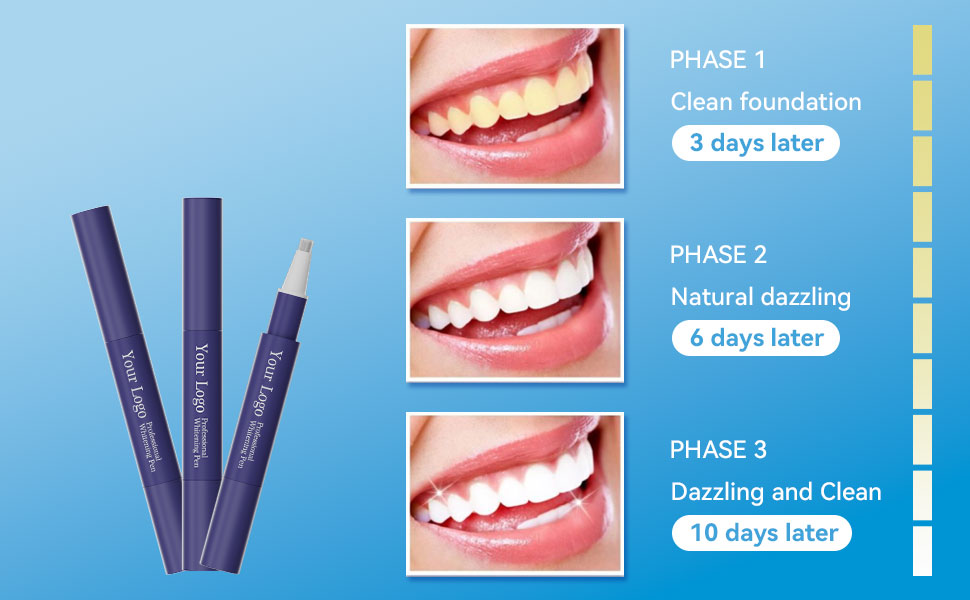
Oral health facts & tips: Teeth whitening

How to get the best MOQ to start a private label water flosser business
Travel Lock Failure Triggering Power Surge? The Overlooked Risk in Smart Oral Devices
Is Your Whitening Inefficiency Caused by Low-Quality Teeth Whitener Nano Coating?

Private Label Whitening Gel
.jpg)
Florida Electric Toothbrush – Powsmart PTR-C8

electric toothbrush heads Regular Clean

Customization Teeth Whitening Gel

electric toothbrush heads Charcoal Infuse-Round

Electric toothbrush heads Charcoal Infused-Diamond

electric toothbrush heads Ultra Soft

electric toothbrush heads Deep Clean
whstapp
whstapp
National Toll-Free Service Hotline
+86 755 86238638